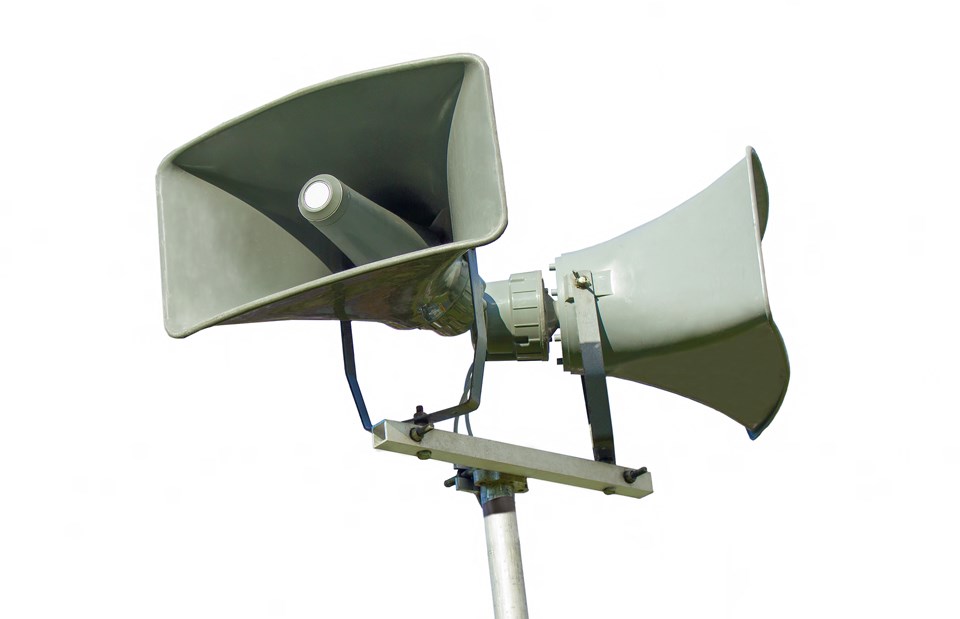The City of Burnaby is working on a mass notification system for alerting local residents of impending disasters.
The development of such a system was identified as a priority in the city’s new community safety plan, completed in August, but work on the project has been slowed by the COVID-19 pandemic, according to emergency management coordinator Charmaigne Pflugrath.
Emergencies and disasters put unique demands on communications processes, according to a report presented to the city’s public safety committee last month, and hazardous events, like earthquakes, tsunamis or catastrophic petrochemical tank fires can damage telecommunications systems exactly when they are needed most.
“Considering that there are a broad range of hazards that impact Burnaby, we need to make sure that we have some diverse communication tools – and a mass electronic notification system may be one of those tools, given the reliance by people on the internet, the internet of things and cellphone technologies,” Pflugrath told the NOW. “This will better advance the city’s ability to reach people in an efficient and timely manner.”
The community safety plan calls for a mass notification system to be in place by next year.
The city was off to a good start, striking a mass notification system task force in February, according to Pflugrath, but that work came to a halt in March when the city’s emergency operations centre was activated in response to the pandemic.
The work resumed in September, and staff are currently analyzing the results of a three-week survey that went out to the public recently.
Could the city’s mass notification system involve the kinds of tools used during the Second World War and Cold War, such as air-raid-type sirens?
“We haven’t determined which is the best approach for us to take,” Pflugrath said. “That’s why we’re doing the surveying before we do any of our scoping and requirement determinations, which will then drive the information that goes out in the request for proposal for a vendor.”
If a major emergency or disaster happened today, Pflugrath said the city would use any of the available tools in its crisis communications strategy.
“That can be anything as simple as door-knocking campaigns to the utilization of loud hailers in police and fire vehicles to posts on our website and social media feeds if those are remaining available,” she said. “Those are just a few examples of some of the things we keep in our back pockets.”
Follow Cornelia Naylor on Twitter @CorNaylor
Email [email protected]



